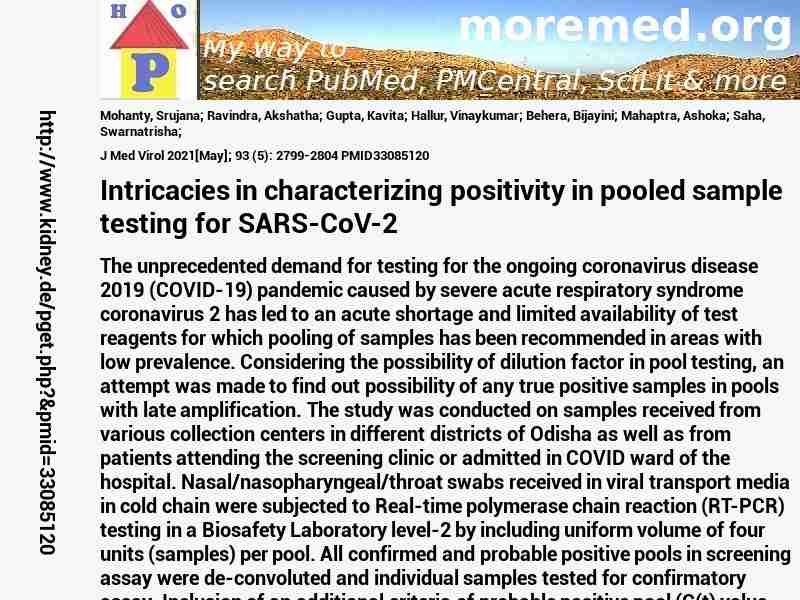10.1002/jmv.26618
http://scihub22266oqcxt.onion/10.1002/jmv.26618

33085120!ä!33085120
|  
Deprecated: Implicit conversion from float 233.6 to int loses precision in C:\Inetpub\vhosts\kidney.de\httpdocs\pget.php on line 534
Deprecated: Implicit conversion from float 233.6 to int loses precision in C:\Inetpub\vhosts\kidney.de\httpdocs\pget.php on line 534
Deprecated: Implicit conversion from float 233.6 to int loses precision in C:\Inetpub\vhosts\kidney.de\httpdocs\pget.php on line 534
 J+Med+Virol 2021 ; 93 (5): 2799-2804 J+Med+Virol 2021 ; 93 (5): 2799-2804
Nephropedia Template TP
gab.com Text
Twit Text FOAVip
Twit Text #
English Wikipedia
|

